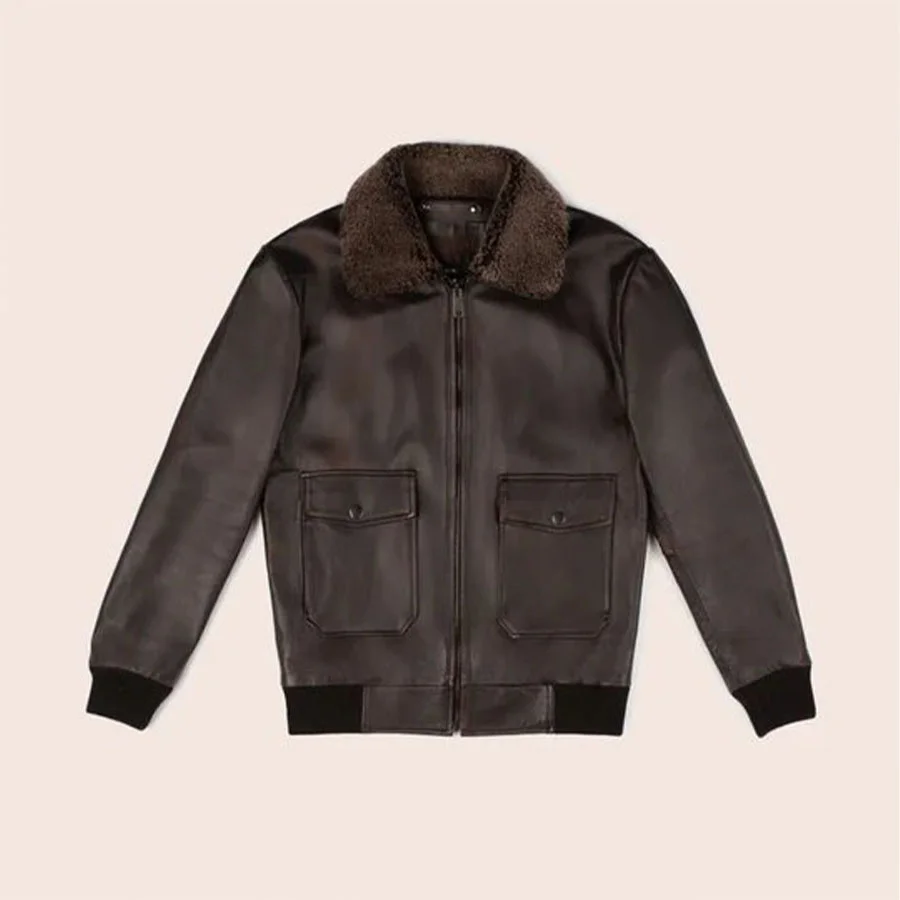Why is it Called a Bomber Jacket?

Introduction to the Bomber Jacket
The bomber jackets, an iconic piece of outerwear, has become a staple in contemporary fashion. Celebrated for its versatility, this jacket seamlessly bridges the gap between casual and formal wear, making it a favorite among diverse fashion enthusiasts. The bomber jacket’s adaptability allows it to be paired with a variety of outfits, ranging from jeans and t-shirts to more sophisticated ensembles, highlighting its indispensable role in modern wardrobes.
Originally designed for military pilots, the bomber jacket has evolved significantly over the years. Its practical design, characterized by a durable construction, ribbed cuffs, and a snug fit, was initially intended to provide warmth and comfort in the cockpit. However, its functionality and aesthetic appeal soon captured the attention of civilians, propelling the bomber jacket into mainstream fashion.
Over time, the bomber jacket has undergone numerous transformations, reflecting changing trends and cultural influences. It has been reimagined in various materials, such as leather, nylon, and wool, and adorned with an array of embellishments and patterns. Despite these adaptations, the bomber jacket has maintained its fundamental characteristics, preserving its original charm while embracing contemporary styles.
As we delve deeper into the history and naming of the bomber jacket, it is essential to understand its enduring popularity. The combination of practicality, style, and versatility has ensured the bomber jacket’s place in fashion history. This exploration will reveal the fascinating journey of the bomber jacket, from its military origins to its current status as a fashion icon, shedding light on why it continues to be called a bomber jacket today.
Origins in Military Aviation
The bomber jacket, a staple in contemporary fashion, finds its origins deeply rooted in military aviation history. Its inception traces back to World War I, a period marked by the nascent stages of aerial combat. During this era, pilots operated in open cockpits, exposed to frigid temperatures at high altitudes. To combat the severe cold, the military designed specialized jackets that provided both warmth and durability. These early versions of the bomber jacket were typically lined with fur and crafted from leather, materials chosen for their excellent insulation and ruggedness.

As aviation technology advanced, so did the design of the bomber jacket. By World War II, the A-2 and B-3 bomber jackets became standard issue for the U.S. Air Force. The A-2 jacket, with its distinctive front zipper, knit cuffs, and waistband, was particularly favored for its practicality and sleek design. The B-3 jacket, on the other hand, was specifically designed for bomber crews operating in even colder conditions, featuring heavier sheepskin lining and a bulkier build to ensure maximum warmth.
These jackets were more than just pieces of clothing; they were essential gear for survival. The bomber jacket’s functionality extended beyond insulation. It included features like multiple pockets for storing maps, tools, and other necessary items, as well as reinforced stitching to withstand the rigors of combat. The high collars and snug fits helped protect pilots from wind and cold, enhancing their comfort during long missions.
Thus, the bomber jacket’s military origins highlight its initial purpose as a functional garment designed to meet the specific needs of aviators in harsh environments. The evolution of its design underscores a blend of practicality and innovation, laying the foundation for its transition from military utility to a fashion icon.

Design and Features
The bomber jacket, originally crafted for military aviators, boasts distinct design elements that set it apart from other jackets. These specific features were not merely stylistic choices but functional necessities tailored to meet the demanding conditions faced by pilots.
One of the hallmark design elements of the original bomber jacket is its ribbed cuffs and hem. These snug-fitting cuffs and hems were designed to keep cold air from entering the jacket, thereby maintaining the pilot’s body heat during high-altitude flights. The ribbing also provided a secure fit, ensuring that the jacket remained in place during movement.
Another notable feature is the zippered front. This simple yet effective closure mechanism allowed pilots to quickly don and doff their jackets as needed. The zipper, often made of durable metal, ensured that the jacket could withstand the rigors of military use while providing a tight seal against the elements. Additionally, the fitted waist design of the bomber jacket was crucial for comfort and practicality. A tighter waist prevented the jacket from flapping in the wind during flight, reducing drag and allowing for better aerodynamics.
Moreover, the bomber jacket often included spacious front pockets, which were essential for aviators to store maps, gloves, or other necessities. These pockets were strategically placed for easy access, ensuring that pilots could retrieve items without hassle, even while wearing gloves.
The materials used in the construction of bomber jackets also played a significant role in their functionality. Typically made from leather or heavy-duty nylon, these materials provided excellent insulation and protection from the harsh elements at high altitudes. The interior lining, often made of fur or wool, added an extra layer of warmth, making these jackets indispensable for military aviators.
In summary, the design and features of the original bomber jackets were meticulously crafted to offer maximum comfort, protection, and functionality for military aviators, helping them endure the challenging conditions of their missions. These practical elements have since become iconic, influencing modern fashion and cementing the bomber jacket’s place in history


